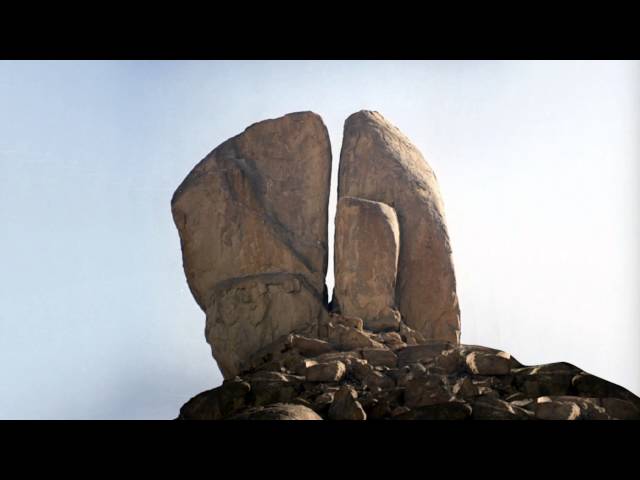Exploring Mount Sinai: Unveiling the Mysteries
In this discourse, I delve into the intriguing subject of Mount Sinai, a topic that has captivated minds for centuries. But before we embark on this journey of discovery, let’s establish one crucial point: the biblical Mount Sinai is not to be confused with Saint Katherine’s Monastery in the Sinai Peninsula. The distinction is clear in Galatians 4:25, where it unequivocally places Mount Sinai in Arabia.
Unraveling the Mystery of Mount Sinai’s Location
So, where exactly is this enigmatic Mount Sinai located? Many scholars, including my esteemed friend Derrick Walker and the renowned Chuck Missler, propose that it resides in Saudi Arabia. Jebel al Lawz, also known as Jebel Musa, emerges as a compelling candidate. This mountain, shrouded in biblical lore, bears distinct features that align with the descriptions provided in ancient texts.
Journeying to Jebel al Lawz
To reach Jebel al Lawz, one must traverse the Gulf of Aqaba, a daunting expanse of water. This geographical hurdle underscores the arduous journey undertaken by the ancient Israelites. Upon reaching Mount Sinai, Moses ascended to its summit, an act immortalized in scripture.
The Enigmatic Blackened Peak
As one gazes upon Jebel al Lawz, a striking sight greets the eye: the peak, charred and blackened, reminiscent of molten glass. This curious phenomenon finds resonance in biblical accounts, where it is attributed to the divine manifestation of God’s presence.
The Split Rock of Mount Horeb
Nearby, at the base of Mount Horeb, lies a colossal split rock, a testament to a miraculous event. Tradition holds that this rock, smoothed by the passage of countless gallons of water, marks the site where Moses struck the rock, yielding water for the parched Israelites.
Echoes of Ancient Worship
Further exploration reveals petroglyphs adorning the rocks, depicting what appears to be a calf. These ancient drawings, possibly representing the golden calf, evoke echoes of a bygone era when the Israelites succumbed to idolatry, worshiping the gods of Egypt.
A Testament to Biblical Truth
In conclusion, the compelling evidence surrounding Jebel al Lawz serves as a poignant reminder of the veracity of biblical narratives. Mount Sinai, with its blackened peak, split rock, and ancient petroglyphs, stands as a testament to the supernatural nature of the Bible. As disciples of Christ, let us heed its teachings with reverence, for in them lies the essence of divine truth.
In Conclusion
The enigma of Mount Sinai continues to intrigue and inspire, reminding us of the profound mysteries concealed within ancient scriptures. Let us embrace this journey of discovery with humility and awe, for in unraveling the secrets of Mount Sinai, we glimpse the timeless truths of our faith.
